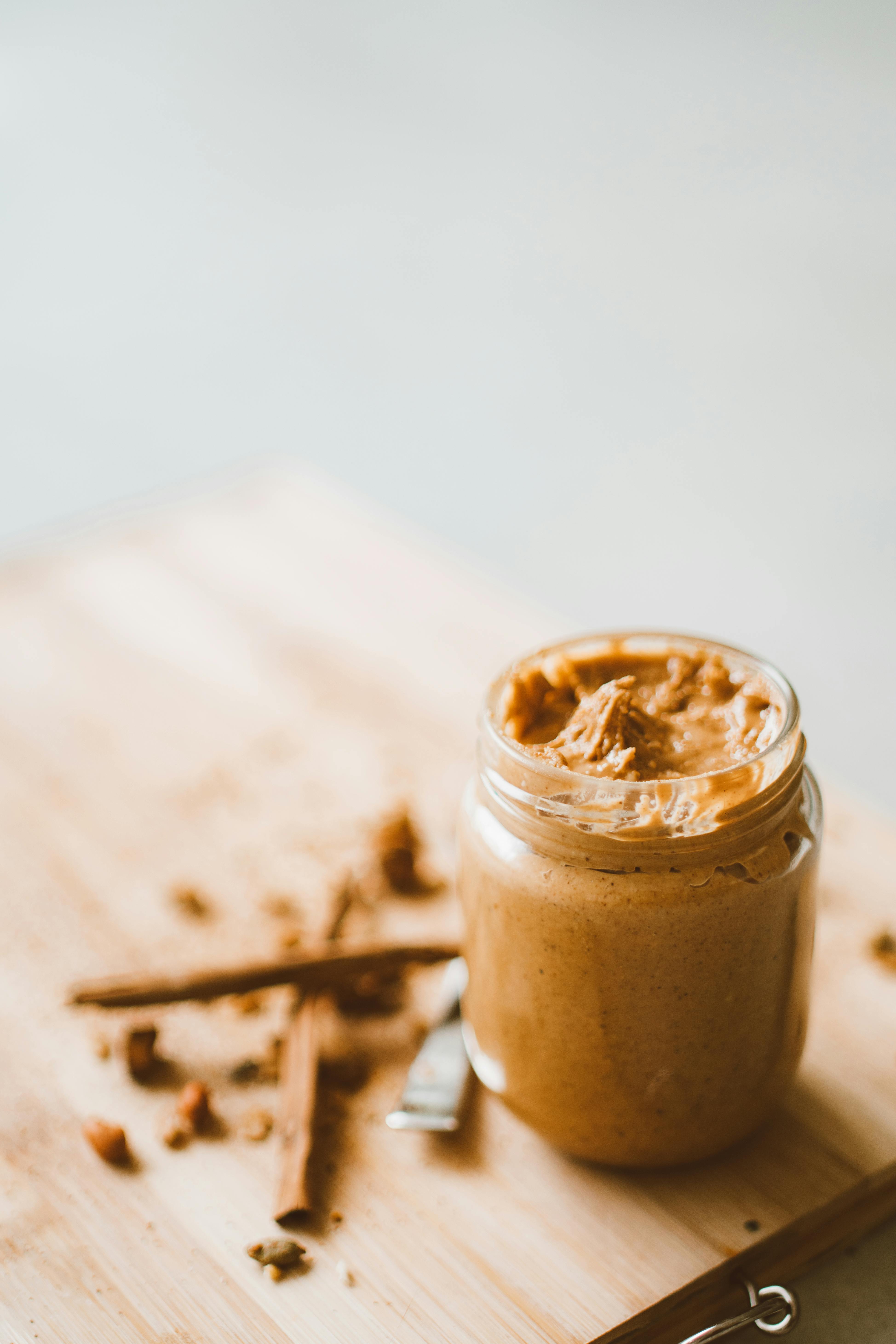Effective Guide to Using Keto Sticks for Success in 2025
The ketogenic diet has become a popular lifestyle choice for many individuals seeking to lose weight, boost energy, and improve overall health through a low-carb, high-fat eating plan. However, achieving and maintaining ketosis—a metabolic state where the body burns fat for fuel instead of carbohydrates—can be challenging. Utilizing keto sticks, or urine ketone test strips, is an effective method for monitoring ketone levels and ensuring you remain in this desired state. This guide will explore how to successfully use keto sticks, their importance in the keto diet, and tips for meal planning to maximize your results. Additionally, we will discuss low carb snacks and keto recipes that complement your lifestyle, enabling you to enjoy a variety of delicious, healthy foods while engaging in carb counting and maintaining your ketogenic diet. By understanding the role of keto sticks in your fitness journey, you'll be empowered to make informed choices that promote weight loss and long-term health improvements. With our roadmap providing insights into effective use of keto sticks, tips on tracking macros, and best practices for meal prep, you're on your way to a successful keto lifestyle. Prepare to discover how to leverage these tools for effective weight management and an energy boost in 2025 and beyond.Understanding Keto Sticks and Their Purpose
Keto sticks, or keto test strips, are small, convenient tools that allow individuals on a ketogenic diet to measure their urine ketone levels. When the body enters ketosis, ketones are produced as a byproduct of fat metabolism, leading to elevated ketone levels in the urine. Monitoring these levels can provide valuable insights into your dietary adherence and metabolic state. Keto sticks are straightforward to use; simply dip the strip into a urine sample and wait for the color change. Different colors indicate varying levels of ketones—ranging from absence (pink) to high concentrations (deep purple). Regular testing throughout your ketogenic journey can help you manage your carb intake, ensuring that you remain in a fat-burning state. For individuals new to the keto diet, understanding how to interpret these results can be integral to your success. The information gathered from keto sticks can guide your meal planning, helping you identify the impact different foods have on your body’s ability to maintain ketosis.How to Use Keto Sticks Effectively
Using keto sticks can be an essential part of your journey towards achieving and sustaining ketosis. There are several tips to ensure accurate results: 1. **Timing is Key**: Given that ketone levels fluctuate throughout the day, it’s best to measure urine ketones in the morning after you wake up. This leads to less variable results compared to testing later in the day when food consumption can influence ketone levels. 2. **Hydration Considerations**: Overhydrating before testing can dilute urine and lead to inaccurate readings. Aim for a balance—enough hydration without excessive fluid intake. 3. **Interpreting Results**: Familiarize yourself with the color chart on the keto sticks packaging. Aim for moderate to high levels (a color in the middle of the chart to deep purple), but remember that individual variances exist based on dietary habits and overall health.Incorporating Keto Sticks into Your Routine
Integrating keto sticks into your routine can foster accountability and improve adherence to your meal plan. Here’s how: - Combine regular testing with a food diary to track how specific meals impact your ketone production. This combination can help you adjust your carb intake and find the right balance for your body. - Use the insight gained from your test results to explore keto-friendly snacks and recipes. For example, if you notice a dip in ketone levels after consuming certain foods, consider adjusting or eliminating them from your diet. - Tailor your fitness regime using your findings too. By understanding how your body reacts to food and exercise, you can optimize your energy levels and improve your overall metabolism.Benefits of Monitoring Ketone Levels
Monitoring your ketone levels with keto sticks can provide numerous advantages in your ketogenic journey: - **Enhanced Weight Management**: By ensuring you remain in ketosis, you're likely to experience increased fat burning, leading to noticeable weight loss over time. - **Improved Energy Levels**: Staying aware of your ketone levels can help you maintain optimal energy for workouts and daily activities, preventing fatigue associated with improper macronutrient ratios. - **Tailored Nutritional Approach**: By connecting the dots between diet and ketone production, you can refine your meal planning strategy, incorporating keto foods that suit your needs.Common Mistakes to Avoid with Keto Sticks
Making the most out of your glucose and ketone monitoring involves avoiding common pitfalls. Some mistakes include: - Testing too frequently or relying only on urine results. Remember that factors such as hydration can skew results. Consider supplementing with blood ketone meters for more accurate readings if needed. - Neglecting to adjust your meals based on your findings can hamper progress. Use readings proactively to tailor your meal prep and enhance outcomes. - Assuming that high ketone levels equal weight loss success. While ketones indicate fat burning, overall caloric intake and quality of food also play crucial roles in weight management.Choosing the Right Keto Snacks for Your Lifestyle
Incorporating low carb snacks aligned with the ketogenic diet is essential for keeping your energy levels up and mitigating cravings. Healthy fats, protein options, and sugar-free alternatives play a significant role in this aspect. As you aim for nutritional balance in your low carb diet, here are some ideas:Top 5 Healthy Keto Snacks to Consider
1. **Nut Butter & Veggies**: Pairing nut butter with fiber-rich vegetables such as celery can provide a satisfying crunch while keeping carb intake low. 2. **Cheese Crisps**: Easily made by baking shredded cheese until crispy, these can be an excellent low-carb snack option. 3. **Avocado Slices**: Packed with healthy fats and fiber, avocados can be enjoyed seasoned or with a sprinkle of lemon juice. 4. **Keto-Friendly Bars**: Several brands offer low-carb, high-fat bars that can serve as meal replacements or quick energy boosts. 5. **Hard Boiled Eggs**: A fantastic source of protein, hard-boiled eggs ensure you stay full and ready to tackle the day without extra carbs.Keto Meal Planning Tips for Success
Meal planning plays a pivotal role in sustaining the keto lifestyle while ensuring you meet your macronutrient goals. Here are some useful tips: - **Batch Cooking**: Preparing meals in advance can save time and reduce the temptation to stray from your meal plan when hunger strikes. - **Diversified Macronutrients**: Focus on achieving the proper macro ratios—approximately 70-75% fats, 20-25% protein, and 5-10% carbs. This strategy promotes effective fat burning while maintaining overall health. - **Incorporate Variety**: Avoid meal fatigue by experimenting with different keto recipes and ethnic cuisines. This can keep your diet fulfilling and enjoyable while ensuring you adhere.Sample Keto Meal Plan for the Week
Designing an effective weekly meal plan can set you up for success on your ketogenic journey. Here's a simplified example: - **Breakfast**: Spinach and cheese omelet with avocado slices. - **Lunch**: Grilled chicken salad with olive oil dressing and keto-friendly toppings. - **Dinner**: Zucchini noodles with marinara sauce and turkey meatballs. - **Snacks**: Handful of nuts or a cheese stick. By actively engaging in meal prep and utilizing keto sticks regularly, you set the foundation for sustainable weight management, improved energy levels, and a nutritional focus.Frequently Asked Questions about Keto Sticks
1. What are the benefits of using keto sticks?
Keto sticks help monitor ketone levels, ensuring you remain in ketosis, thus enhancing fat burning and aiding weight loss.2. Can anyone use keto sticks to track ketosis?
Yes, most individuals on a ketogenic diet can benefit from using keto sticks to assess their metabolic state, although results may vary based on diet adherence and hydration.3. How often should I test my ketone levels?
Testing in the morning on an empty stomach provides the most accurate reading. Adjust testing frequency based on your dietary changes or fluctuations in energy levels.4. Are keto sticks the same as blood ketone meters?
No, keto sticks measure ketones in urine, while blood ketone meters offer a more precise measurement of ketones directly in the bloodstream.5. What should I do if my ketone levels are low?
If ketone levels are lower than desired, consider adjusting your diet to include more healthy fats while reducing carb intake, and consult resources on effective macronutrient distribution.

